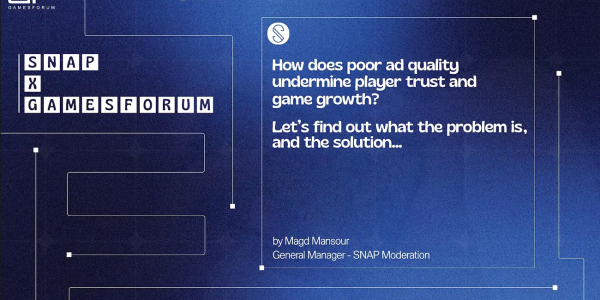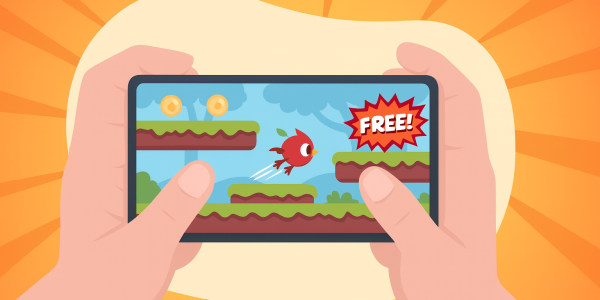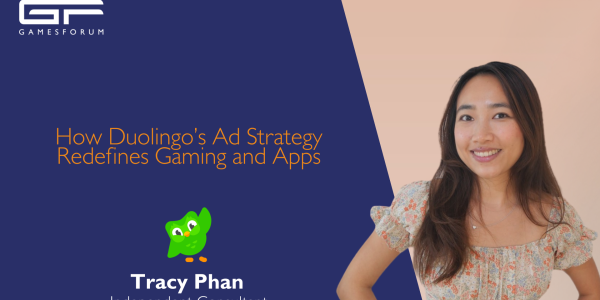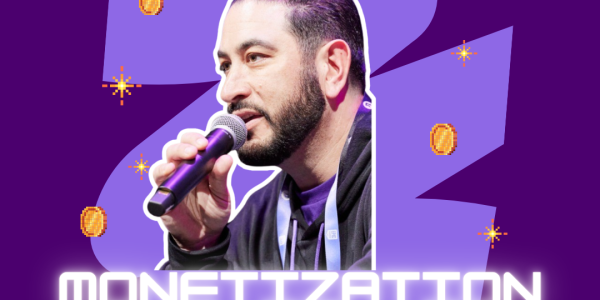Burny Games’ Katerina Malairan on Ad Pressure and Its Effect on User Experience
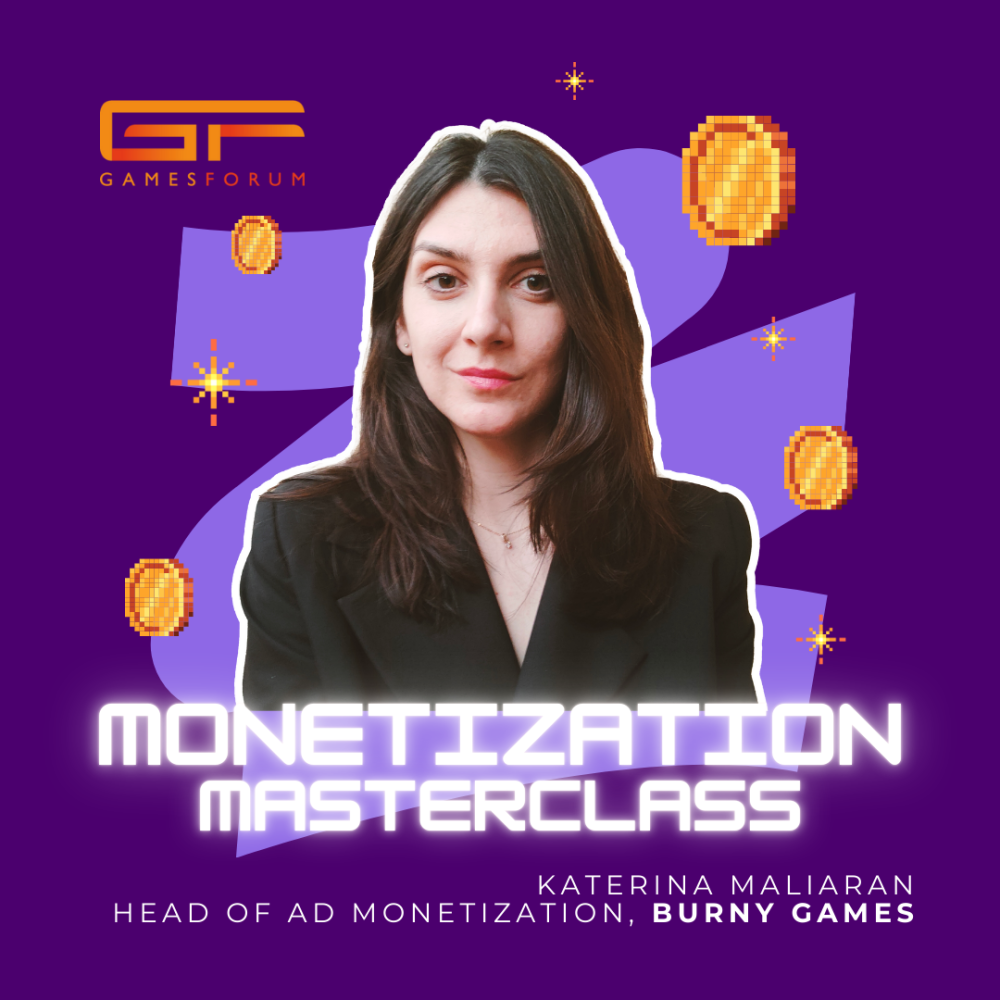
Casual mobile apps in the puzzle and sorting genre attract millions of players. For many, it's either a time-killer or a way to train the brain. When choosing a fun game in this genre, you will likely check the reviews in the store. There, you’ll notice that about 70% of negative reviews are related to the pressure of ads on the player. Therefore, balancing ad pressure is a critical process that impacts player behaviour and retention.
It’s surprising that most publishers evaluate ad pressure based on the number of ads a player sees during a game session. However, very few publishers actually calculate the time a person spends watching ads during the session. Similarly, only a small number of ad monetization specialists regularly update networks with their current ad configurations and skip templates.
In mobile puzzle games, the most common ad formats are:
- Rewarded ads: Players can gain extra lives or bonuses by watching an ad. Currently, these are the longest ads, with users spending an average of 75 seconds on them. They often consist of multiple parts—video, playable sections, and an end card. The player must make several clicks and stay in the ad until it becomes skippable.
- Interstitial ads: Full-screen video or static ads shown between levels. Let’s debunk the old myth that interstitials are skippable in 5 seconds. This is no longer the case, with only a few top networks offer this option by default. On average, players can close these ads in 8 to 15 seconds.
- Banner ads: Constant on-screen ads that don’t interrupt gameplay. A simple and clear format that’s considered safe. However, frequent ad rotations can annoy players. Additionally, banner ads often become a source of scam redirects, which can lead to the app being deleted by frustrated users.
How Does Ad Pressure Affect User Experience?
1. Irritation due to excessive ads
The quickest way to ruin the gaming experience is to overload new players with ads from day one. It’s well-known that puzzle games have quick cycles between levels, especially early on. Now imagine that with a level completion time of about a minute, the player repeatedly encounters 15-second interstitials, often with multiple parts, and is stuck in a rewarded ad longer than they spent playing the level.
2. Interrupting gameplay
In pursuit of higher revenue, publishers resort to tricks, such as launching an interstitial ad when a player momentarily exits the app (e.g., to respond to a message). The player returns, wanting to continue playing the game, but faces another ad. Testing such monetization points will likely disappoint you with lower player retention rates.
3. Overwhelming with rewarded ads
Rewarded ads can be a valuable tool for publishers due to their high eCPM and for users as well. Players generally accept these ads since they control when to view them. However, balancing the difficulty of levels can lead to players triggering rewarded ads multiple times to complete a level. Will the player be willing to spend two minutes in ads for four minutes of gameplay?
4. Loss of engagement due to repetitive ads
The term "ad fatigue" is usually used in the context of creative strategies and user acquisition approaches. But I believe it’s fair to consider this from the ad monetization side as well. Publishers, in their rush for scalable ad creatives, often copy each other's mechanics. As a result, puzzle game players eventually see hundreds of identical ads from different publishers, decreasing their attention to ads and increasing fatigue. While there's no clear solution yet, it’s worth noting that this can further frustrate players.
Ways to Balance Ads and Player Experience
1. Optimize ad frequency
Adding pauses between ad displays allows users to immerse themselves deeply in the game. It's also essential to avoid repeat ads too frequently. For example, setting a cooldown can prevent situations where a player finishes a level right after watching a rewarded ad and is immediately hit with an interstitial ad.
2. Prioritize quality control over reducing ad quantity
It’s common to see no ads between levels during the first sessions or only rewarded ads. Rewarded ads are believed to be easier for players to accept and more profitable for pubs, but their length can give a sense of interrupting the game. A complete absence of ads between levels in early sessions may improve retention but significantly reduces revenue. Testing will likely show that you’ve only delayed player churn, with retention dropping once the standard ad flow begins.
In my opinion, if your game is monetized through ads, don’t pretend there aren’t any for too long. Focus on ad quality control instead. It’s not the ads themselves that are annoying, but the difficulty of closing them and how long they last. For ads targeting new players, work with networks that offer less aggressive skip templates. This approach requires specific segmentation and might not be fully achievable on all mediation platforms.
3. Personalized ads
Personalizing ad content can increase its relevance for users. Players will be more interested, reducing frustration with the ads. Ensure that consent algorithms apply properly across all networks so that your players receive personalized, targeted ads. Include networks with branded ads in your stack, which typically offer higher quality and more precise targeting algorithms.
4. Consider regional ad preferences and user behavior from different media sources
The volume of ads that Tier 1 country players may consider excessive could be normal for users from the MENA region. Incentive traffic may accept ads from the very first levels, even without cooldowns, while users from traditional acquisition sources will likely view this volume negatively. Implement different ad configurations and test these setups accordingly.
5. A/B testing and product dashboards
This will help you find the right strategy for your game. However, remember that tests related to ad pressure balancing should be long-term to ensure the validity of retention metrics.
Conclusion
Balancing ad monetization with maintaining a positive player experience in puzzle games is a challenge for publishers and an essential component of the game's long-term success. An overload of ads can drive players away, while well-optimized ad strategies can keep players engaged and increase revenue.



